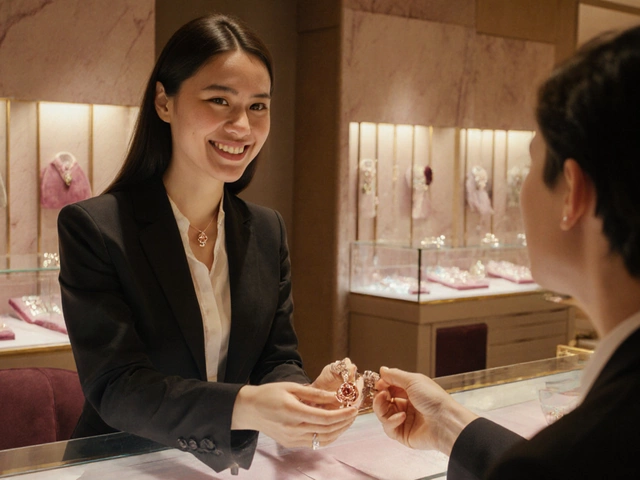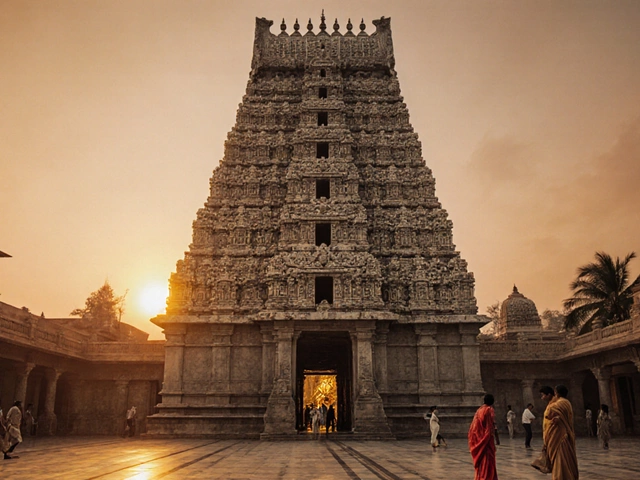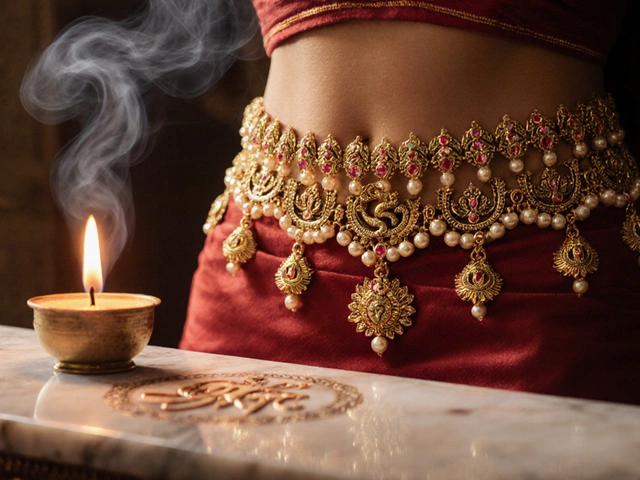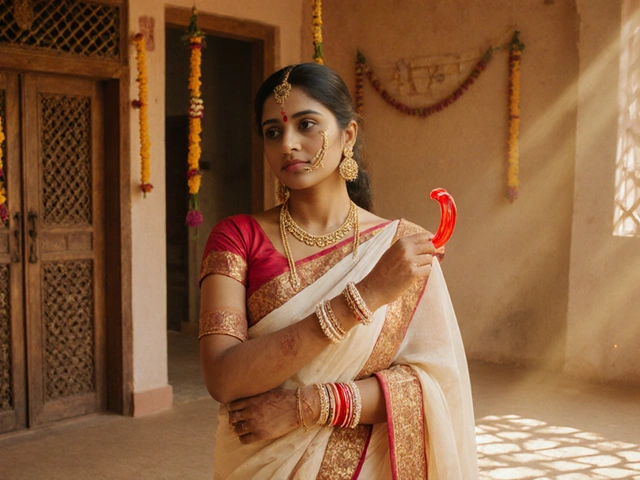Emeralds: Timeless Green Gemstone for Indian Jewelry
When talking about emeralds, a vivid green gemstone prized for centuries. Also known as green beryl, it adds a splash of color to traditional Indian adornments.
Emeralds belong to the broader category of gemstones, natural minerals cut for beauty and wear. They share the same market space as rubies, sapphires and diamonds, but their cool hue sets them apart. Because they are a type of gemstone, emeralds inherit the same grading criteria – color, clarity, cut and carat – that jewelers use for any precious stone.
Why emeralds matter in Indian adornments
In Indian jewelry, emeralds often sit beside gold and silver settings. This relationship means emeralds enhance the warm glow of gold, creating a balanced look that works for festivals or weddings. When designers choose emeralds, they are usually aiming for a piece that feels both regal and rooted in tradition.
Gold is the most common metal paired with emeralds. The gold yellow, white or rose alloy used in Indian ornaments provides a sturdy backdrop that protects the delicate stone. Gold’s malleability lets artisans set emeralds in intricate patterns, from temple jewelry to modern pendants.
Diamonds often appear alongside emeralds in high‑end pieces. The sparkle of diamonds clear carbon crystals prized for brilliance contrasts with the steady green of emeralds, adding visual interest. This pairing is common in bridal sets where the bride wants both color and fire.
Another niche where emeralds shine is chakra jewellery, designs that align gemstones with the body’s energy points. Emeralds are linked to the heart chakra, so many necklaces and bracelets use them to promote balance and love. This spiritual angle gives emeralds a modern, wellness‑focused appeal.
Buying an emerald means looking at a few key attributes. First, the color should be vivid and evenly distributed; too much gray reduces value. Second, inclusions are common, so a clean stone with fewer visible flaws commands a higher price. Third, the cut should maximize the stone’s depth, because emeralds are naturally flat‑topped.
When you shop, ask for a certificate that details the emerald’s origin, treatment status and grading. Many Indian markets source stones from Colombia, Zambia or Brazil, each with distinct characteristics. Knowing the origin helps you gauge quality and ethical considerations.
Care for emeralds is straightforward but important. Because they are softer than diamonds, avoid harsh chemicals and store them separately from harder stones. Wipe with a soft cloth after wear, and have a jeweler inspect the setting yearly to prevent loose stones.
Styling emeralds is fun. For a traditional look, pair an emerald‑set necklace with a gold maang tikka and bangles. For a contemporary vibe, wear a single emerald stud with a white gold ring, letting the stone be the focal point. Mixing emerald earrings with a turquoise cuff can create a bold, colorful statement.
Current trends in India show a rise in minimalist emerald pieces that blend old symbolism with sleek design. Young shoppers love emerald pendants that sit close to the heart, echoing the chakra connection, while older buyers still favor heavy emerald choker sets for weddings.
All of these angles—gemstone basics, gold pairings, diamond accents, chakra meanings, buying tips and care—are covered in the articles you’ll find below. Dive into the collection to get detailed guides, cultural insights and practical advice that will help you choose, wear and cherish emeralds for years to come.
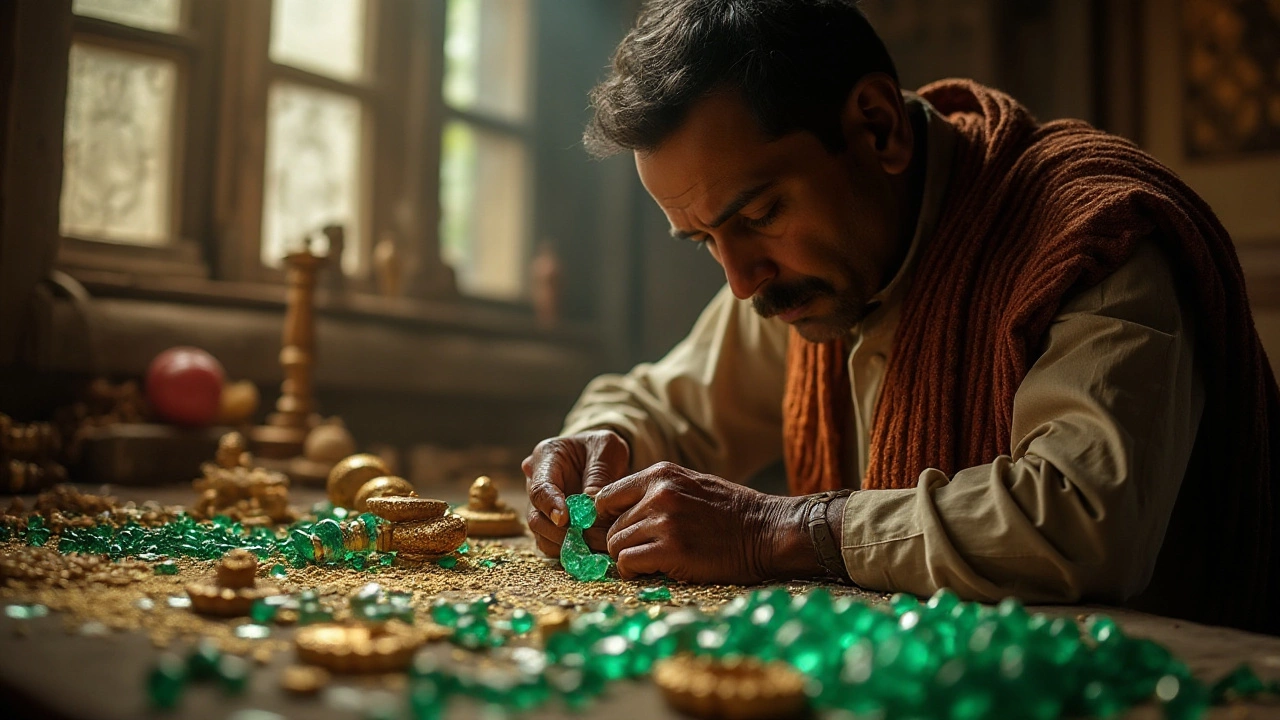
Why Can't Emerald Temple Jewelry Be Your Everyday Adornment?
The allure of emeralds, particularly in traditional Indian temple jewelry, is undeniable. Yet, many hesitate to make these precious gems a staple of their daily wardrobe. This article delves into the cultural significance and practical considerations behind wearing emeralds regularly. It also offers insights into how to care for these gems, preserving their splendor for generations.
read more